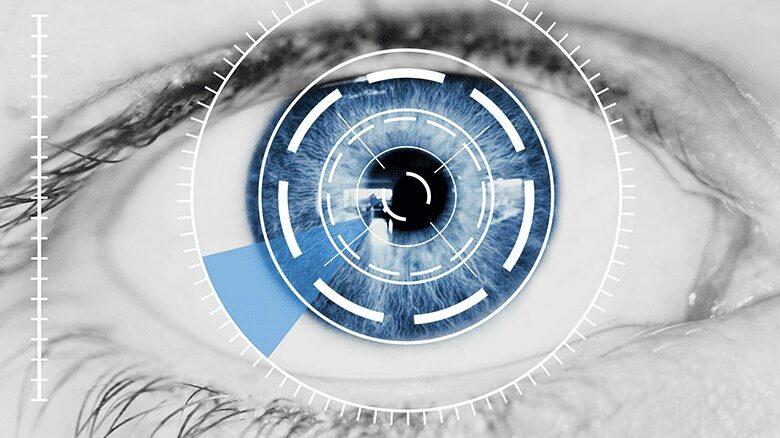China’s political biometric ID surveillance grows in scope and tech

Researchers at the University of Toronto have published a lengthy report about compulsory biometric identifiers being increasingly used for identification and surveillance of Uyghurs in China’s remote and sparsely populated northwest region.
Super Red, also known as the Beijing Wanlihong Technology, makes iris scanning and data-protection software. It claims total assets of 13.5 billion yuan and revenue over 10 billion (US$1.43 billion), and connections to the Chinese Academy of Sciences, which is part of the central government and Communist Party.
Public records indicate that Super Red has been contracted by 19 Qinghai municipalities for biometrics programs. It reportedly also has built at least 20 province-level iris databases.
According to the report, 1.2 million to 1.5 million eye scans were completed in Qinghai Province between March 2019 and July 2022.
The university researchers have based their conclusions in part on 53 public documents that they say provide insight into the scale of an iris biometrics project that has received little attention.
Qinghai abuts Xinjiang, an autonomous region that has been an enormous testbed for AI surveillance systems and has received global news coverage. Both are dominated by Uyghurs.
Beijing identifies Muslims as categorically dangerous to the political stability that China’s core Han ethnic group tenaciously tries to impose nationwide. In the last decade, the government has funded advancements in facial recognition software and camera and network hardware.
A large group of legislators from around the global are advocating for a halt to commercial activities among companies that are participating in the deployment, use and management of DNA biometric screening systems in “the Uyghur region, Tibet and elsewhere” in China.






